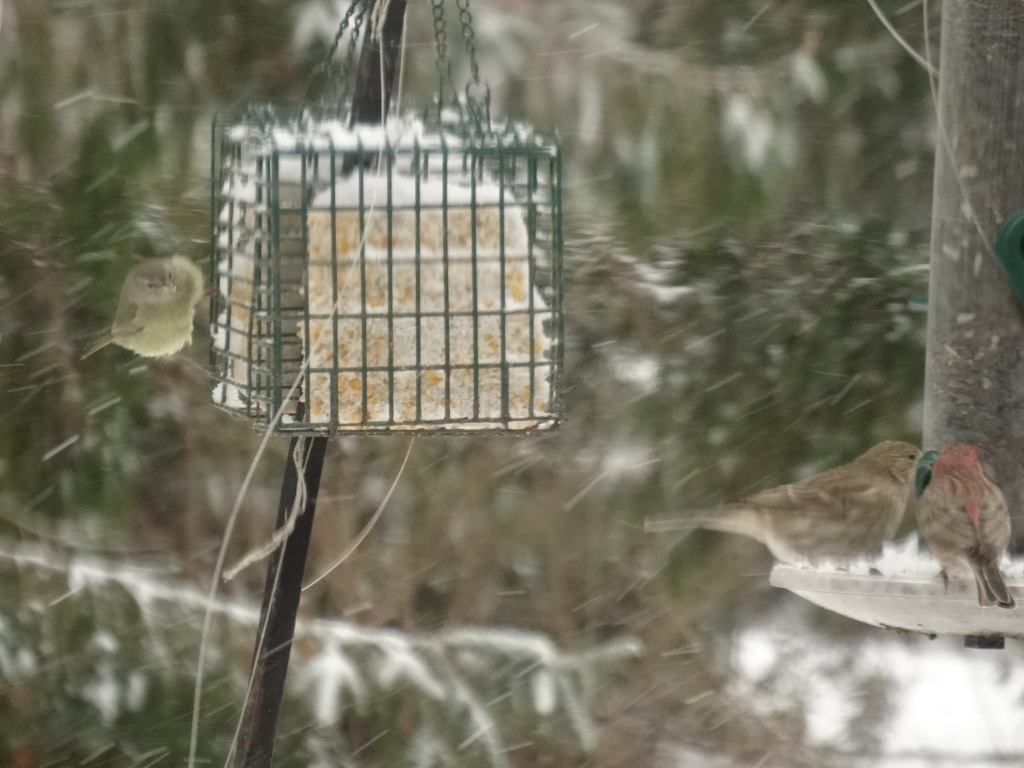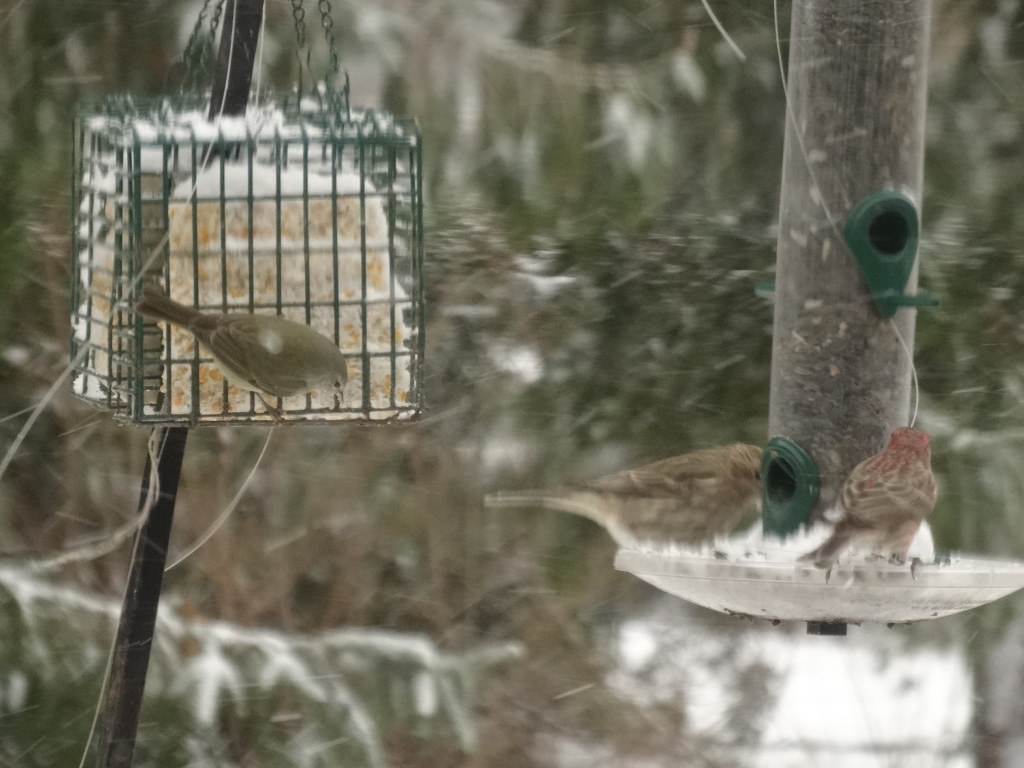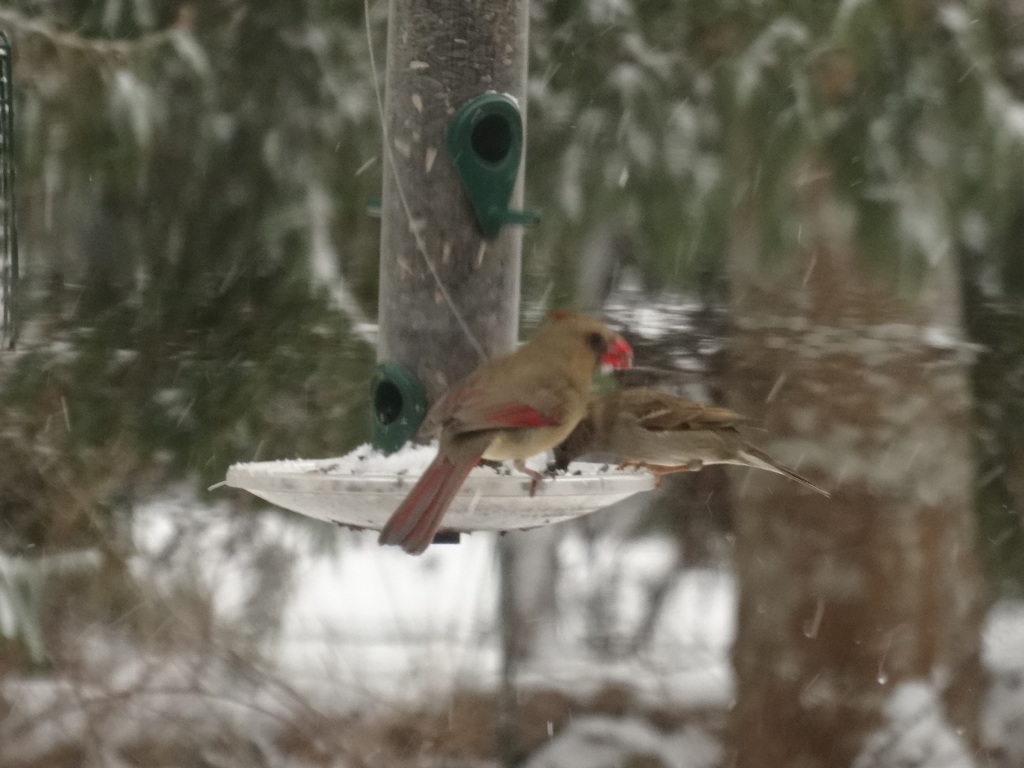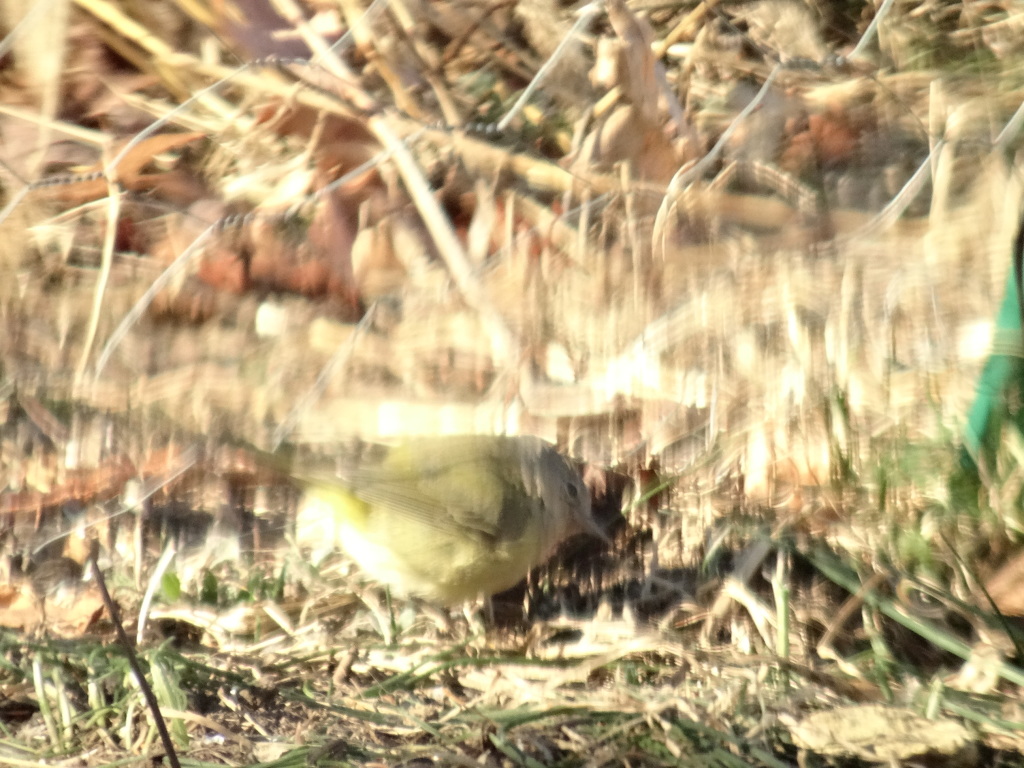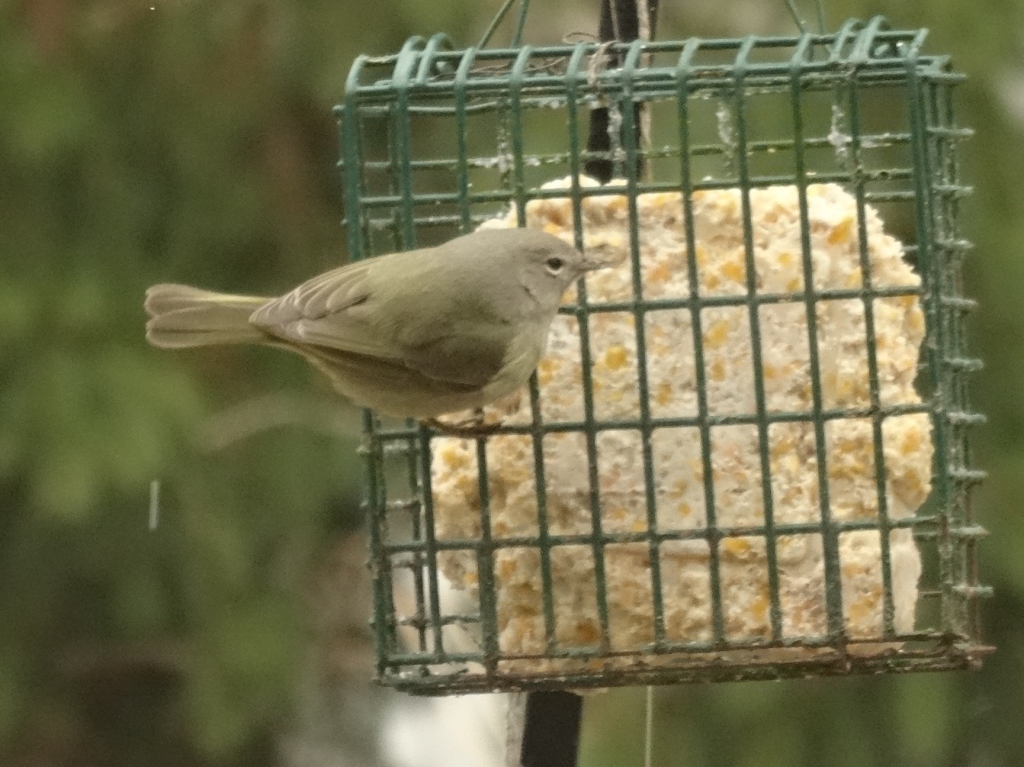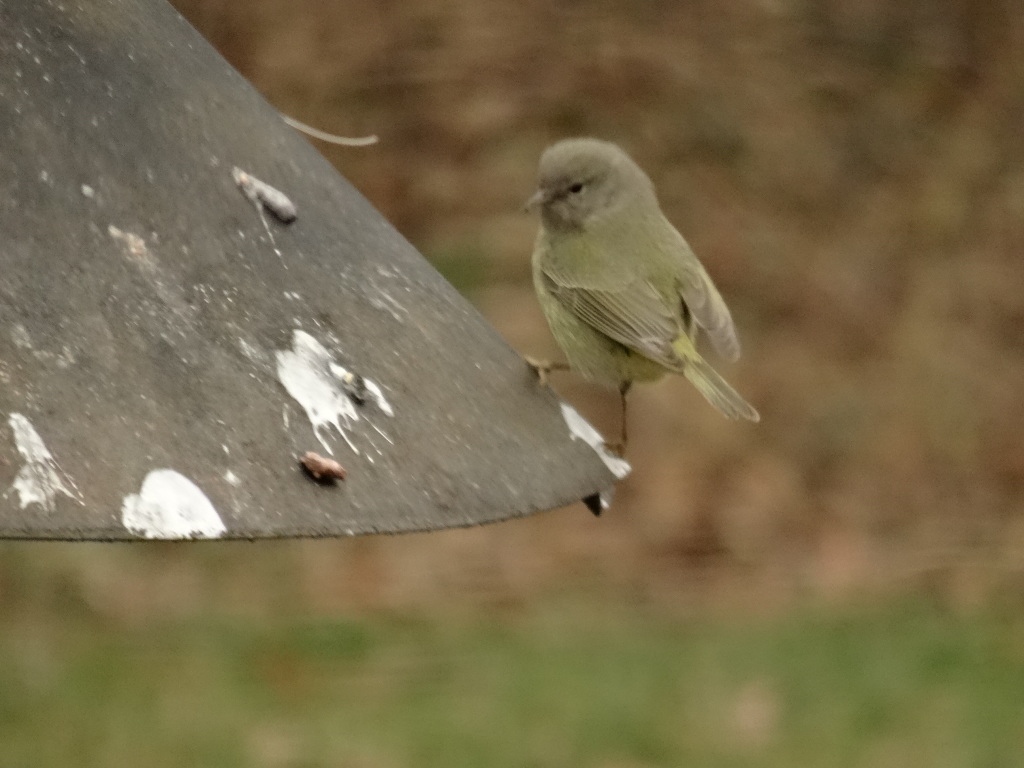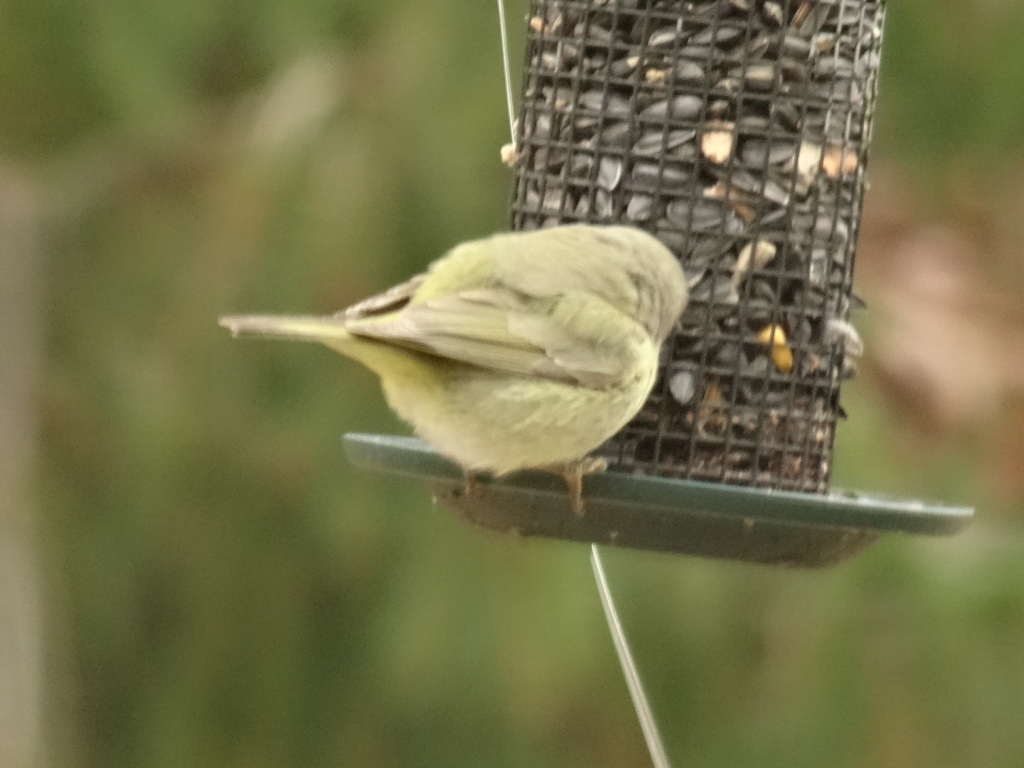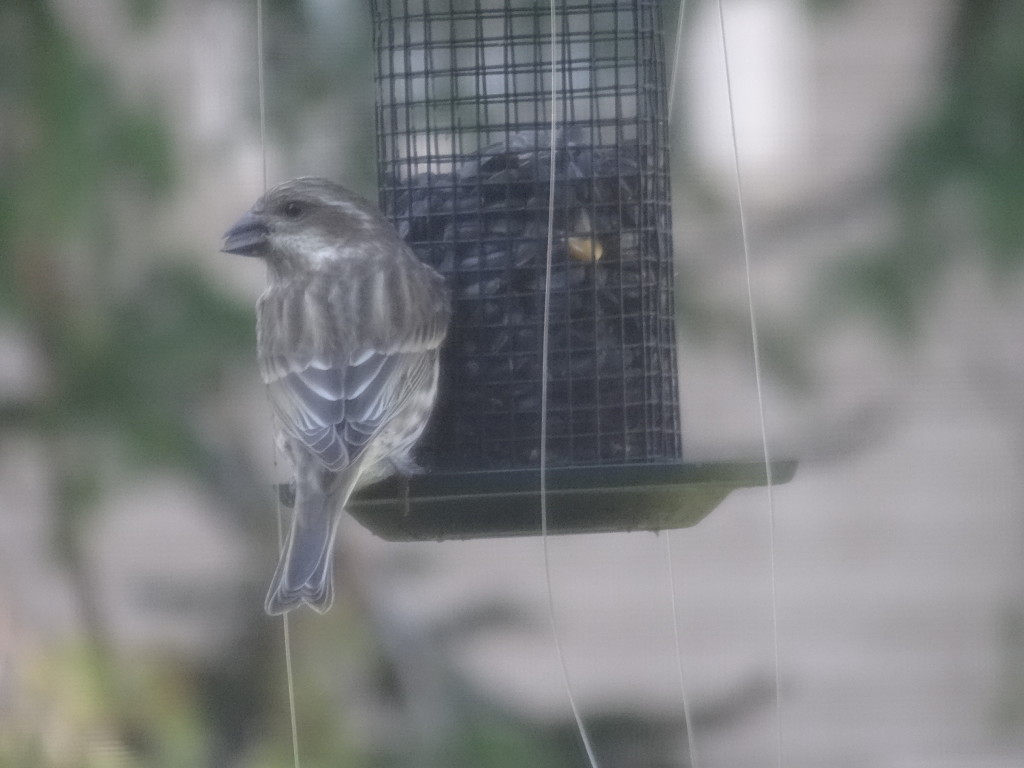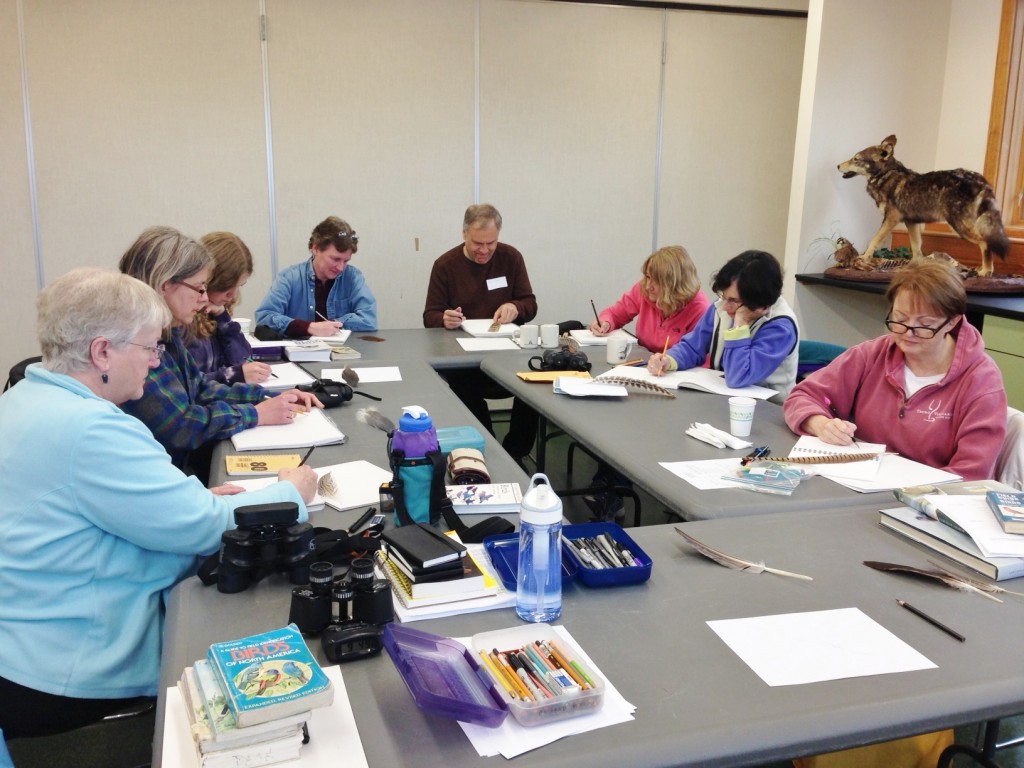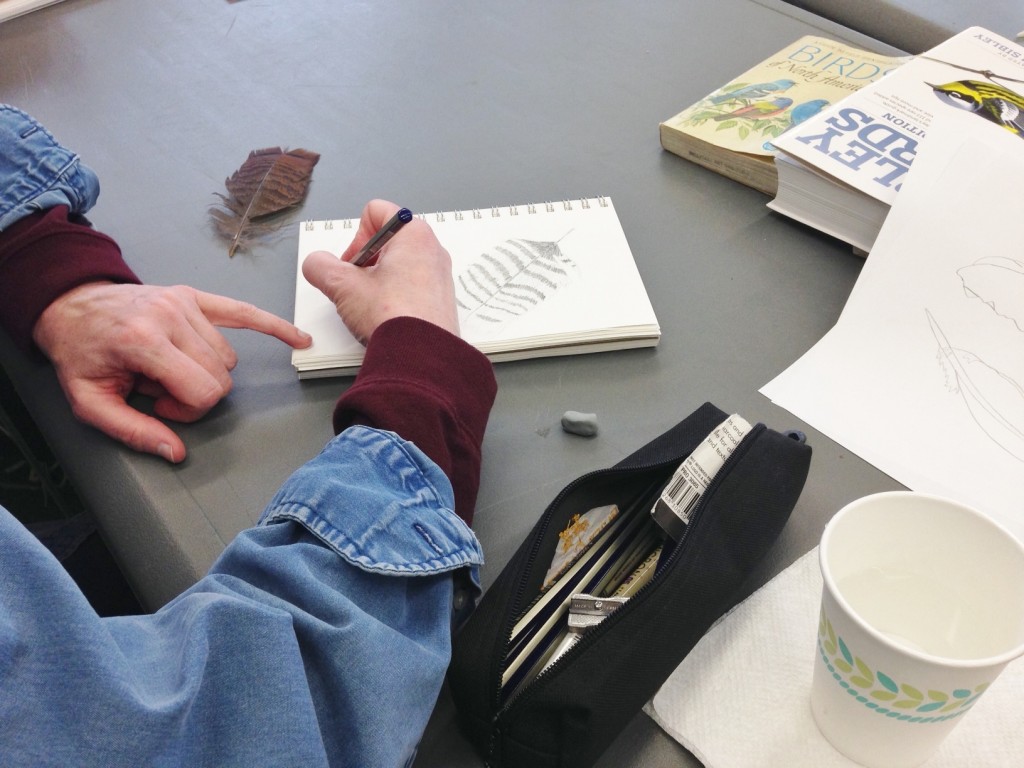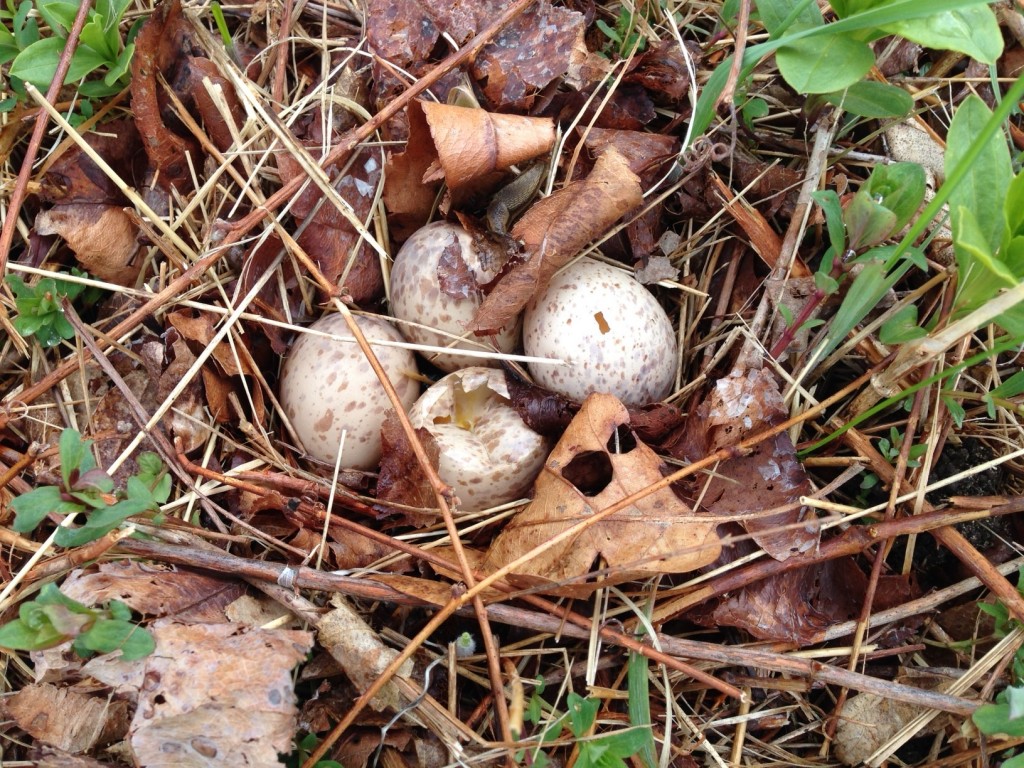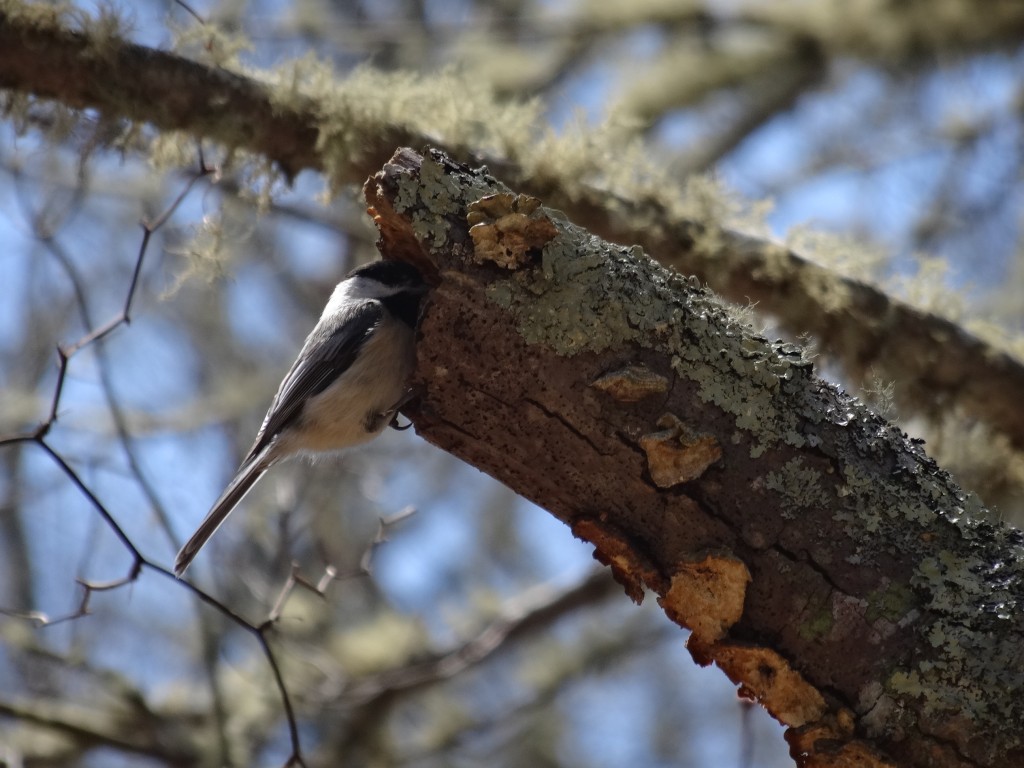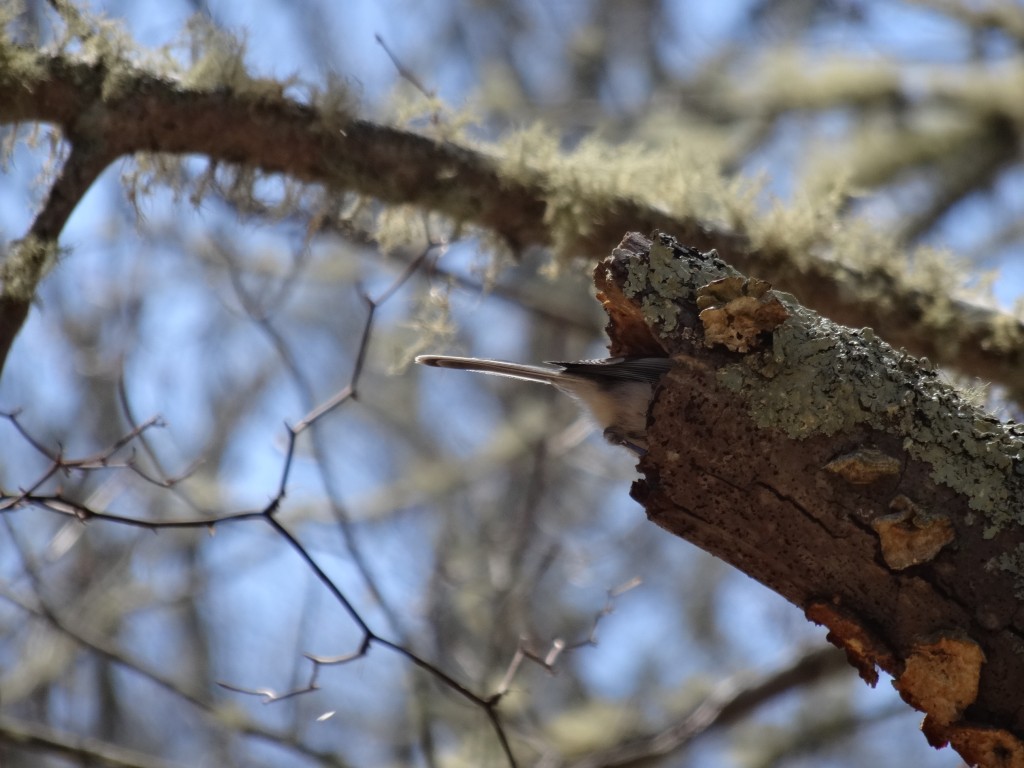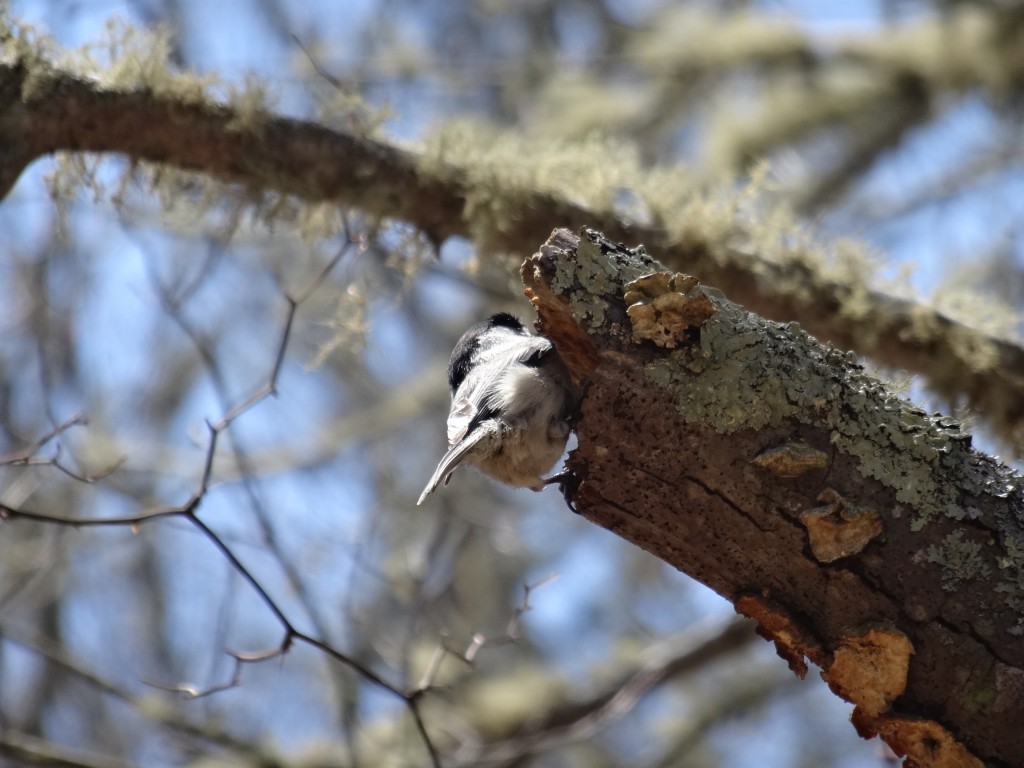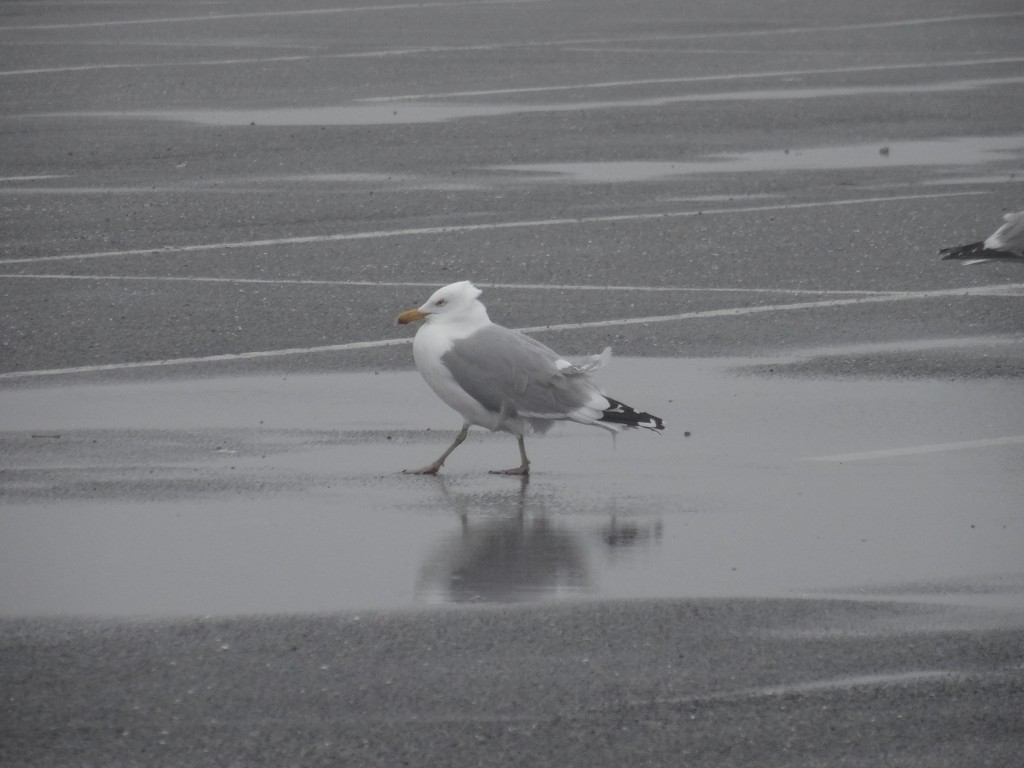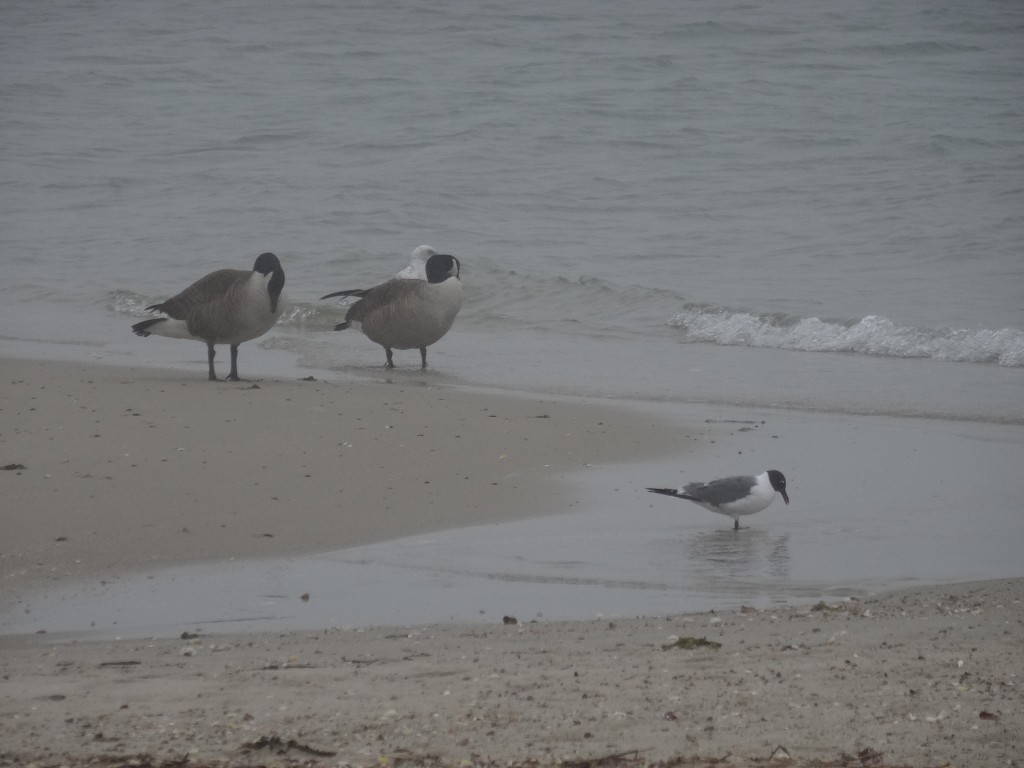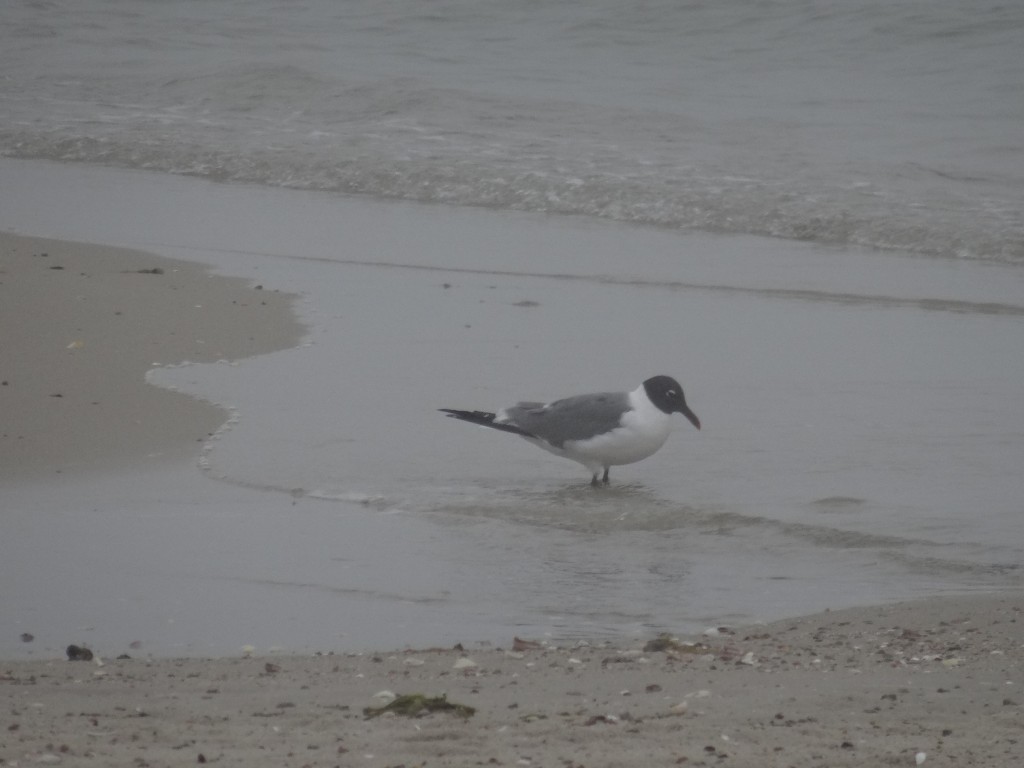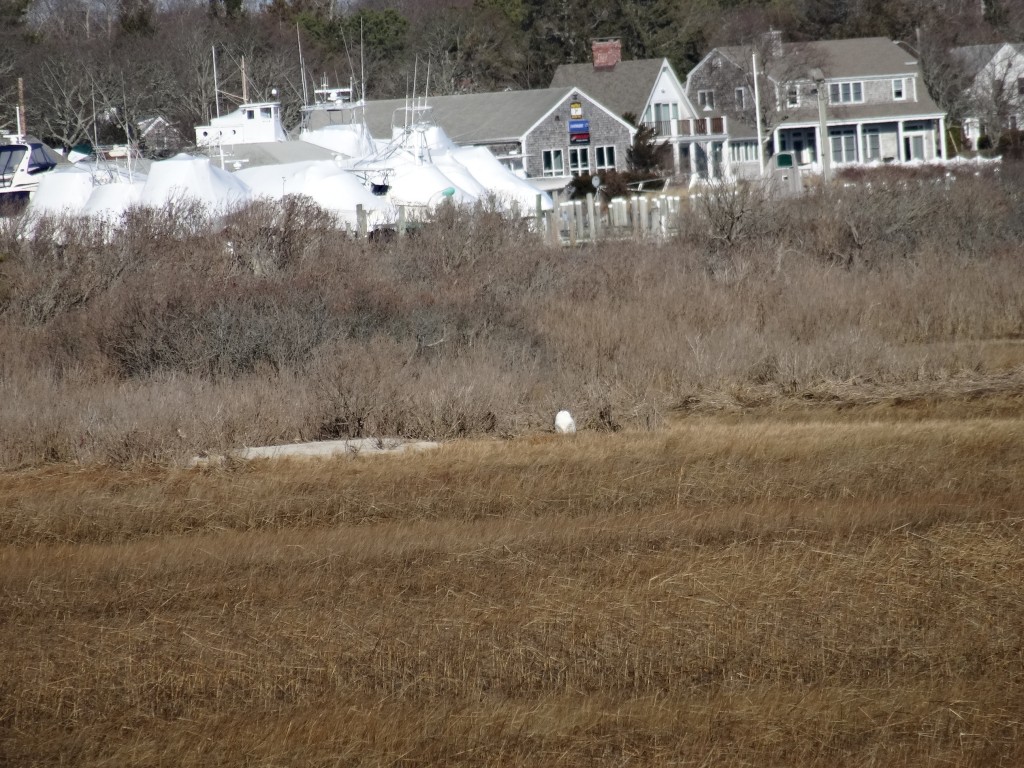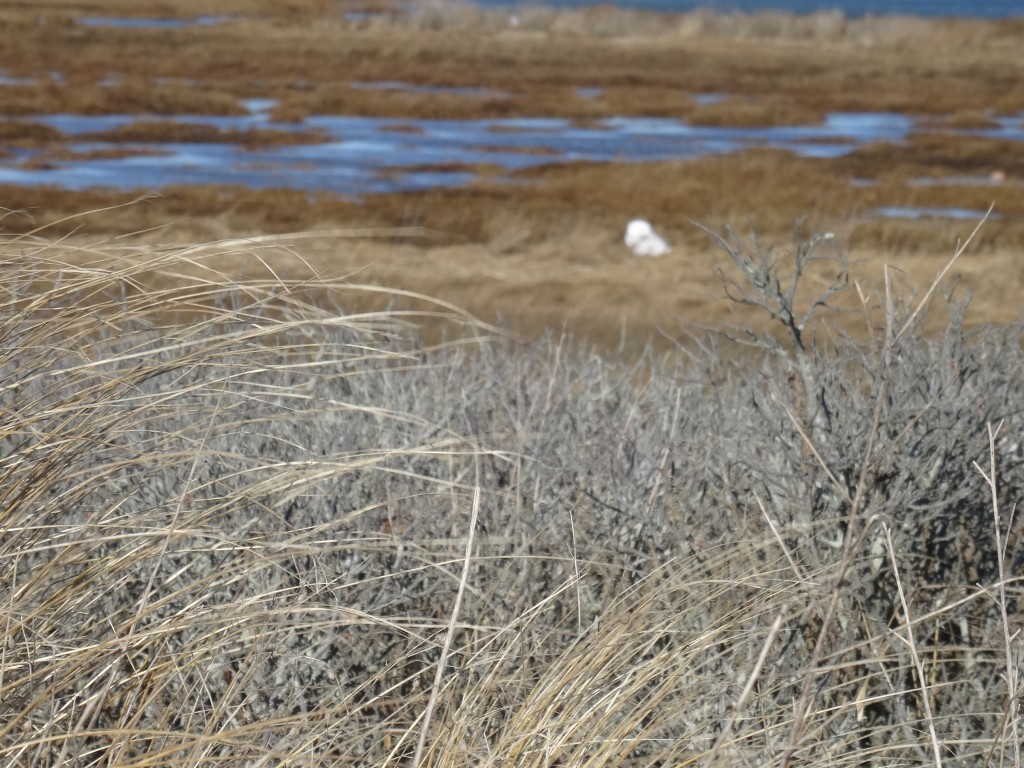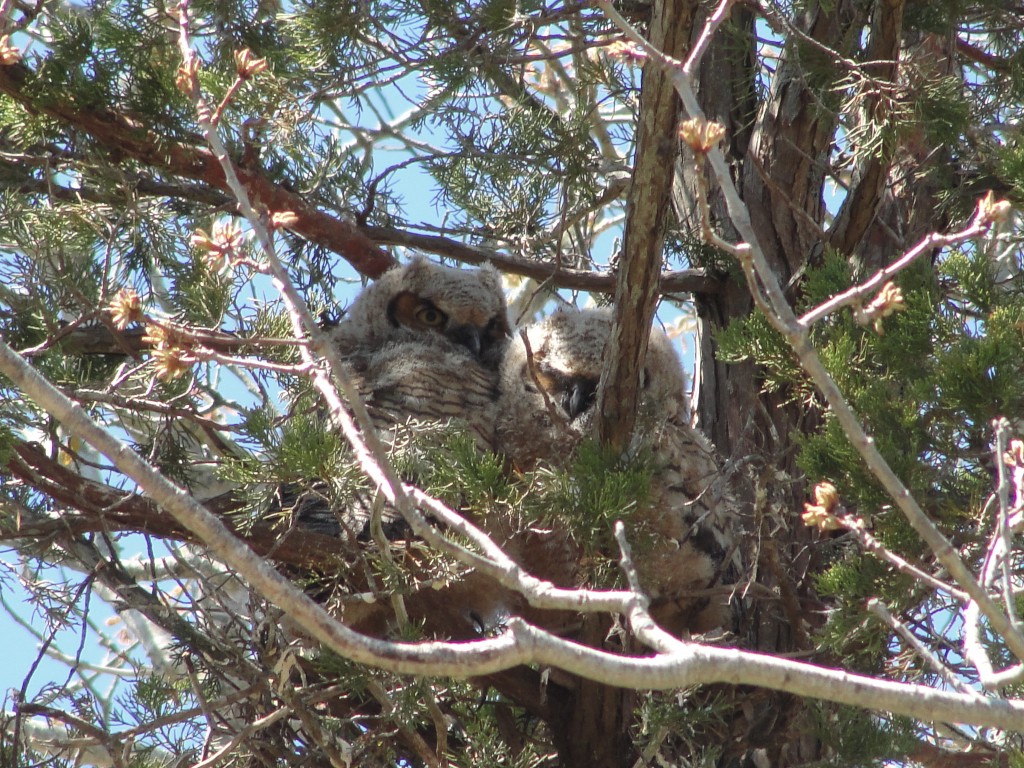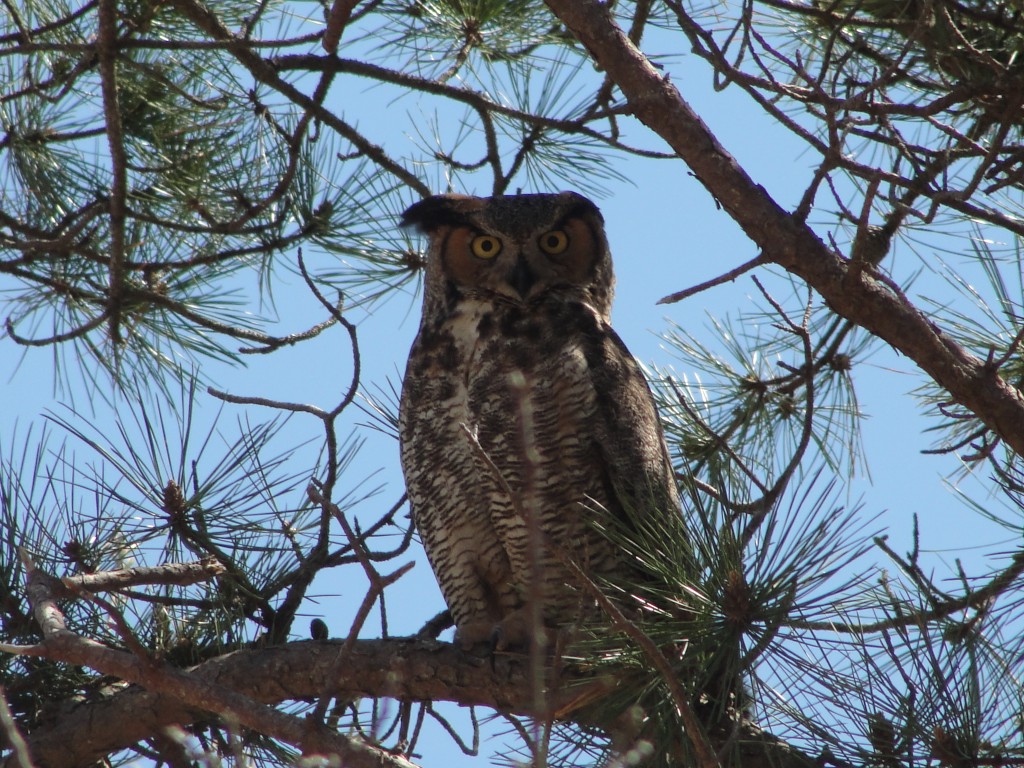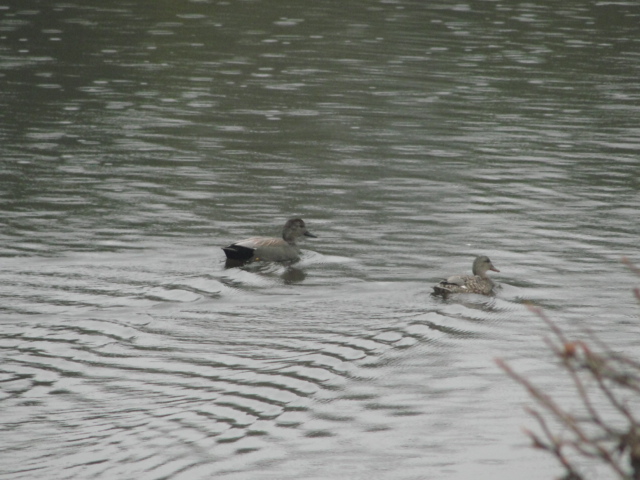Today the sun is shining and the temperature is climbing to at least freezing. The howling winds and stinging snow are now just memories. What we do have is lots of snow to move around and lots of very hungry birds.
Although I had seed and suet out all through the storm the wind was so tough not many birds braved it. I threw seed out the back door and into areas where the wind wasn’t quite so fierce and we got some takers.
We got a lot of snow and had a lot of drifting…the day after the storm is when the feeding frenzy began and lasted pretty much through the day.
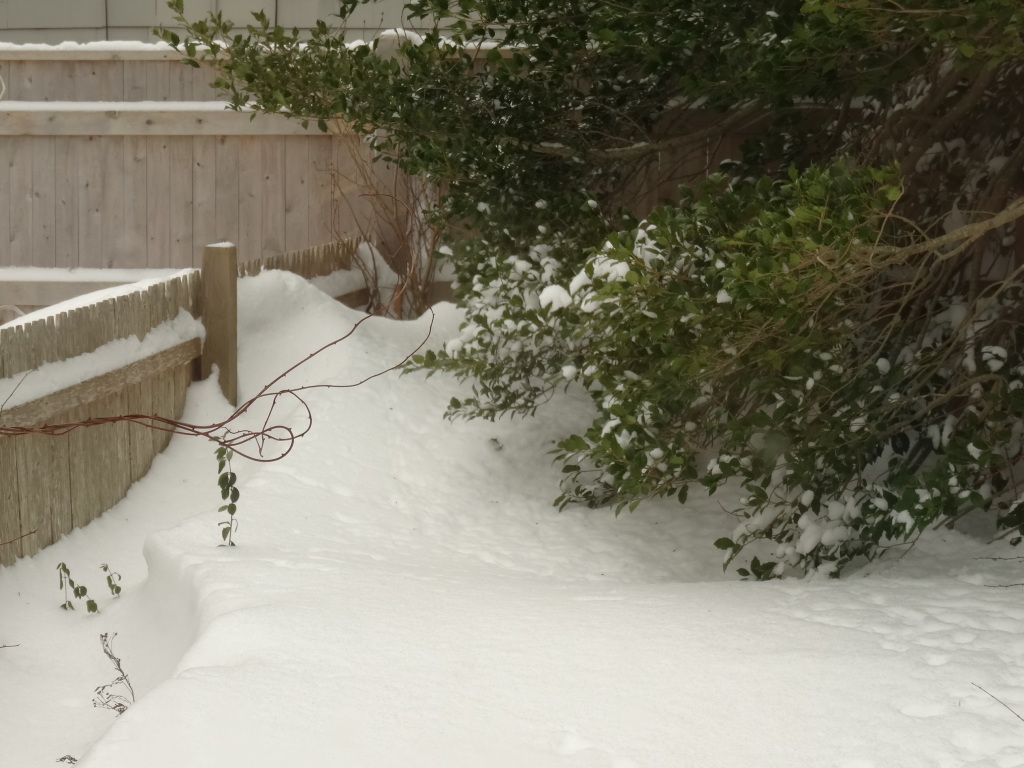
My feeders are by my garden which has a chicken wire fence so the bird is not in a cage, just behind the wire…
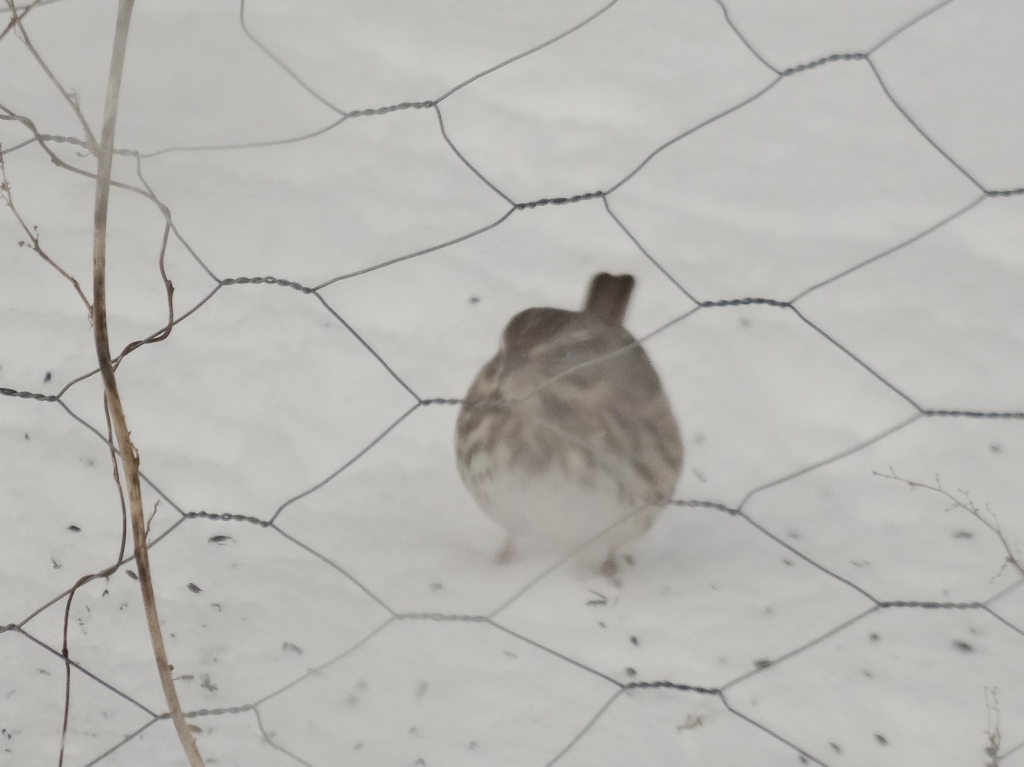 I don’t remember seeing such hungry birds. I had dozens of birds everywhere I looked, eating, eating, eating!
I don’t remember seeing such hungry birds. I had dozens of birds everywhere I looked, eating, eating, eating!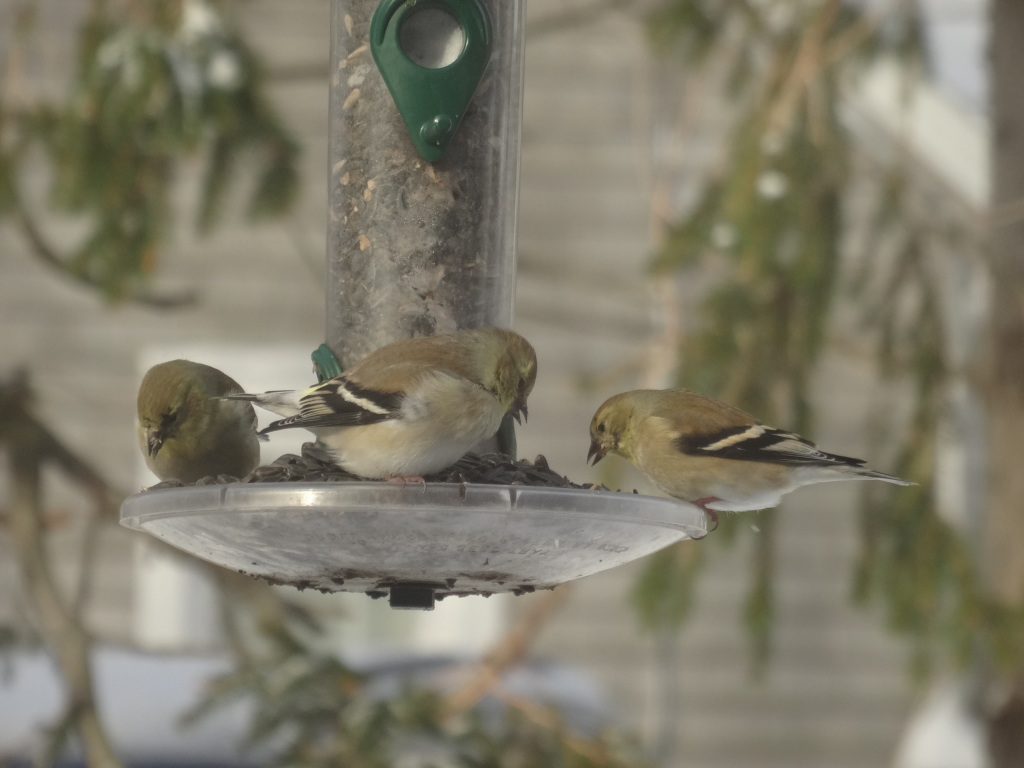 I seem to have at least a dozen juncos that are calling my yard home this winter and I always think of them as the true snow birds…
I seem to have at least a dozen juncos that are calling my yard home this winter and I always think of them as the true snow birds…
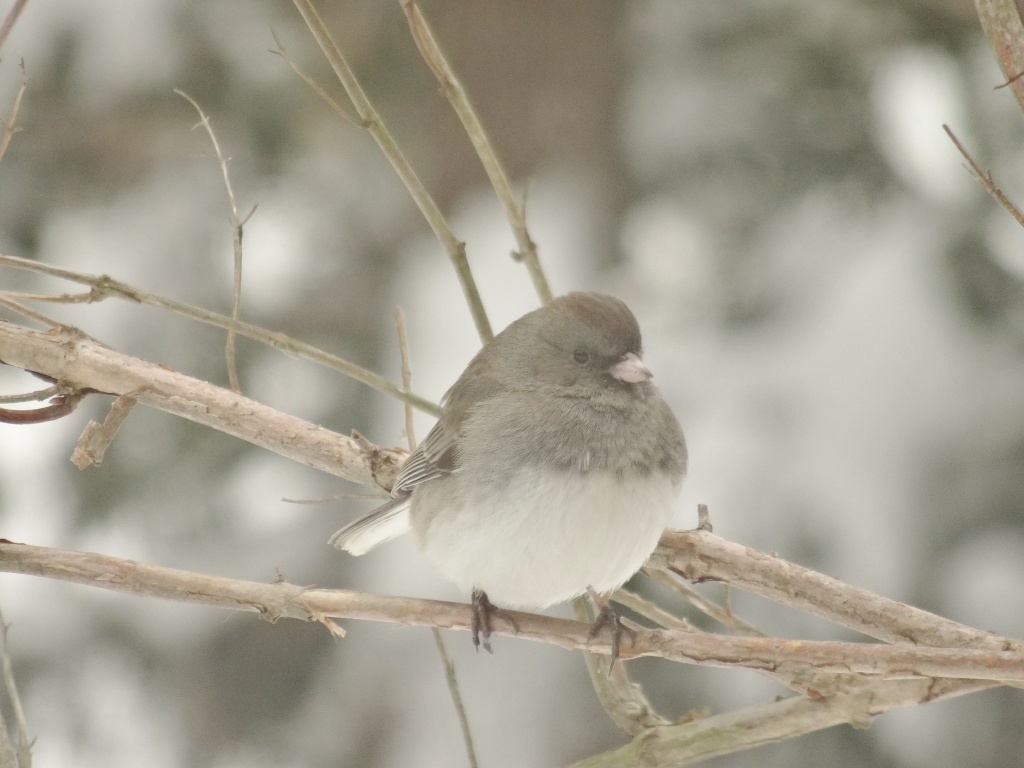 Mr. Cardinal and all his cardinal friends were very hungry and at one point I had over 20 in and around the feeders.
Mr. Cardinal and all his cardinal friends were very hungry and at one point I had over 20 in and around the feeders.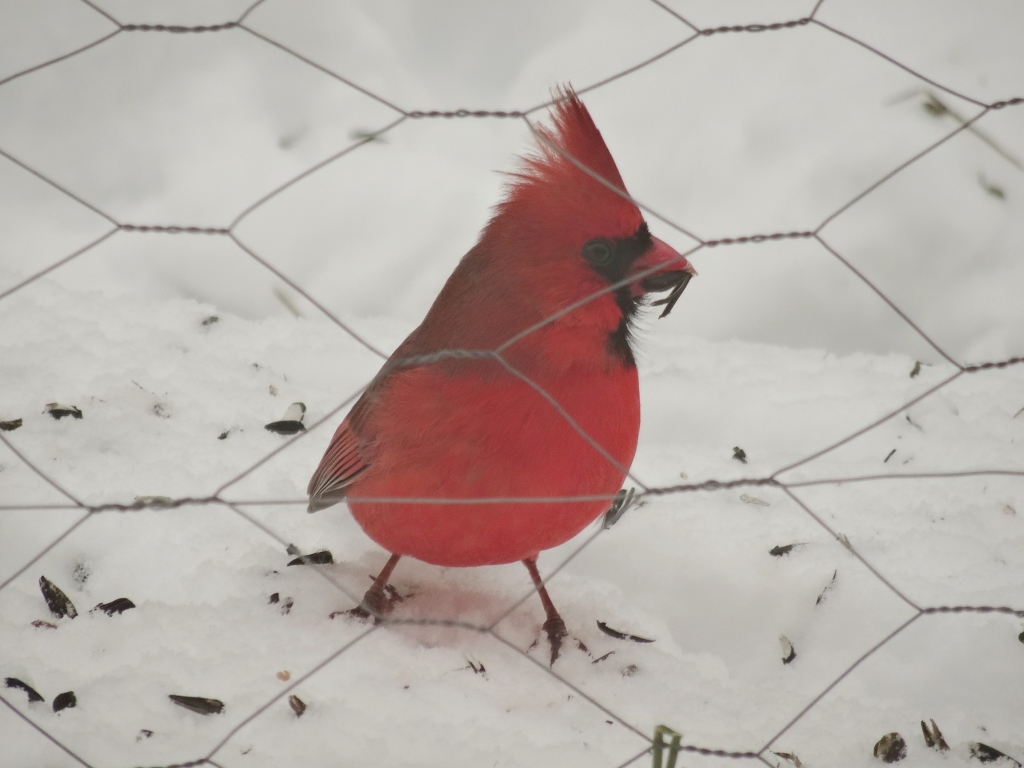
I was most excited to see that the little orange crowned warbler survived the storm! It showed up about midday yesterday….
The resident Carolina wren also survived and was very territorial around the suet feeder.
Blue jays arrived in a feisty little group to take over the ground feeding at one point. This morning the sun shone clear and bright and Mrs. Cardinal posed as if to say, “All is right in the world today!”
This morning the sun shone clear and bright and Mrs. Cardinal posed as if to say, “All is right in the world today!”
 Things are slowly returning to normal around here and the birds feeding today are hungry as usual but not frantic. How did you make out in the blizzard? Any unusual birds to report?
Things are slowly returning to normal around here and the birds feeding today are hungry as usual but not frantic. How did you make out in the blizzard? Any unusual birds to report?


